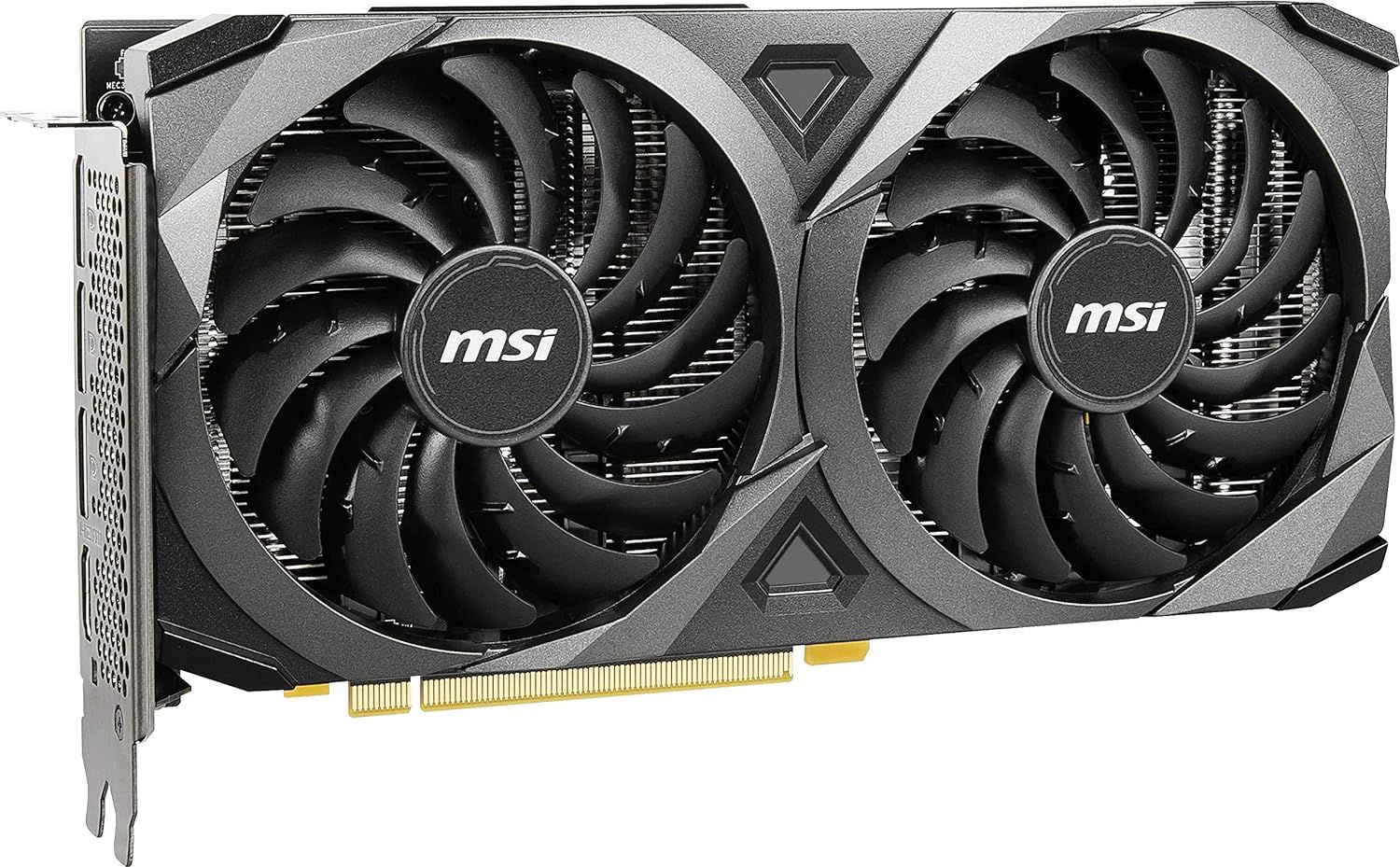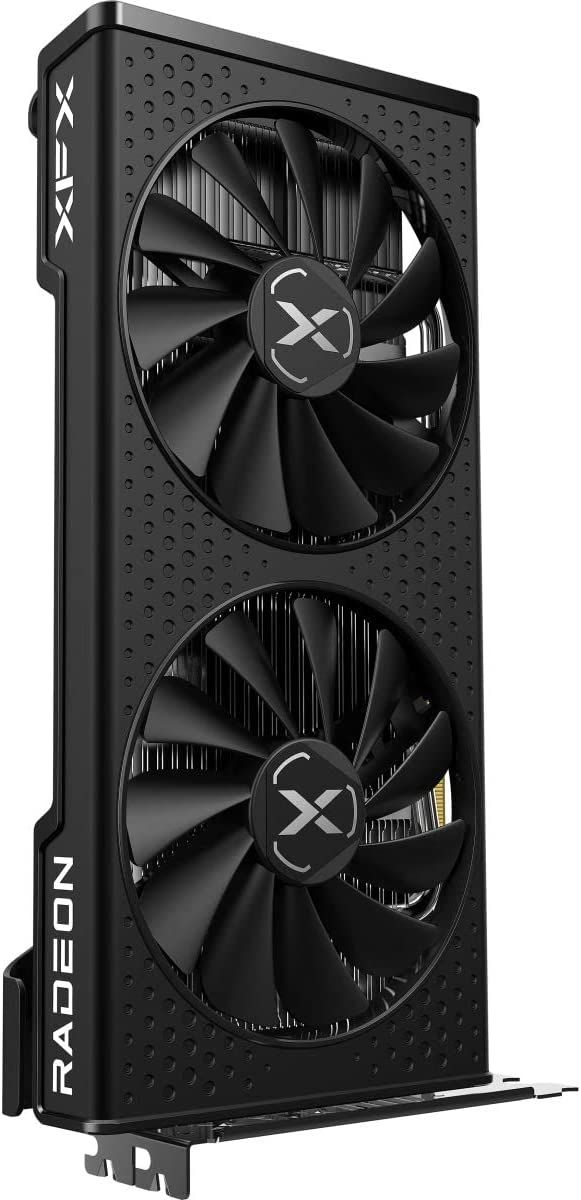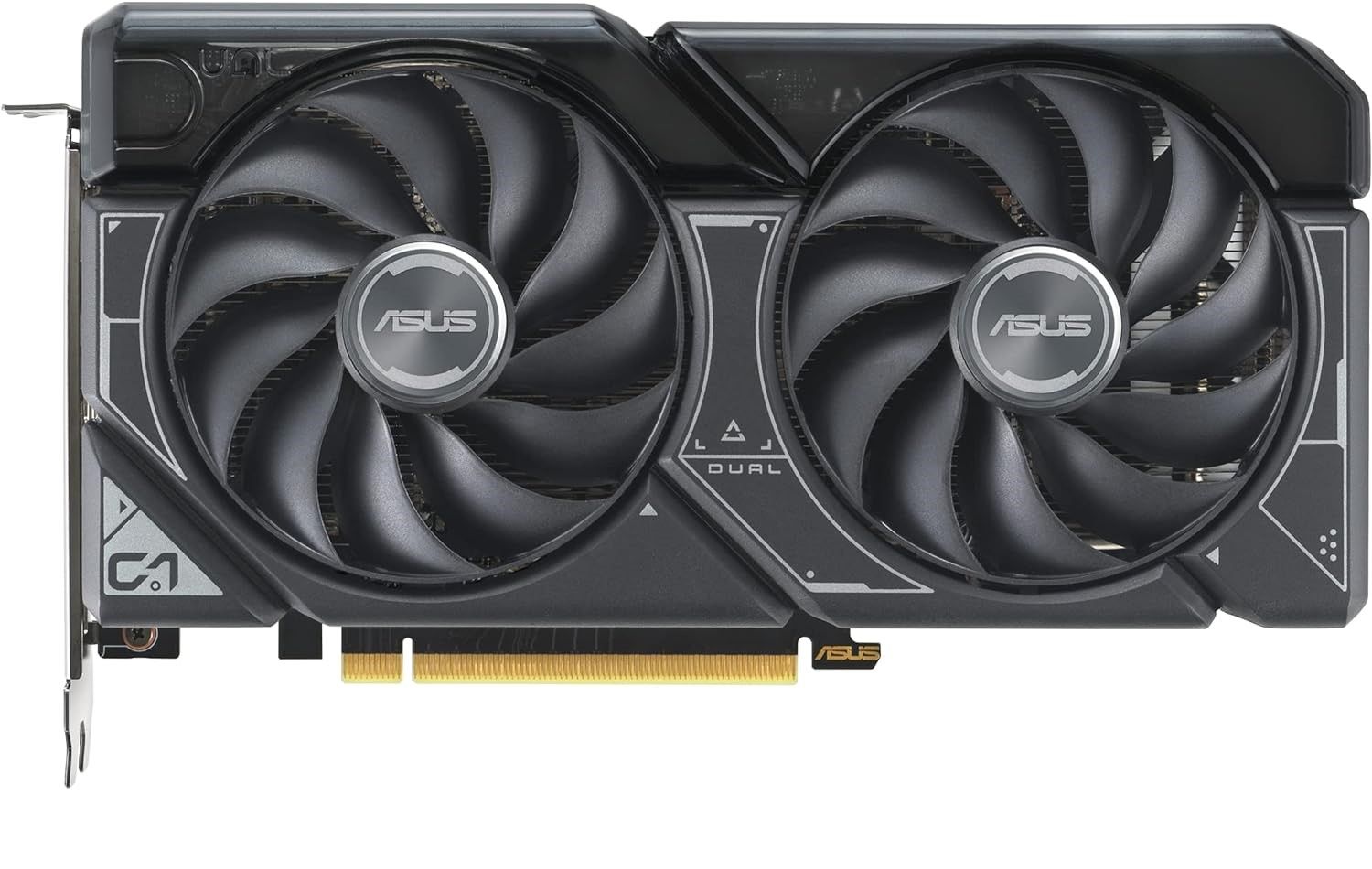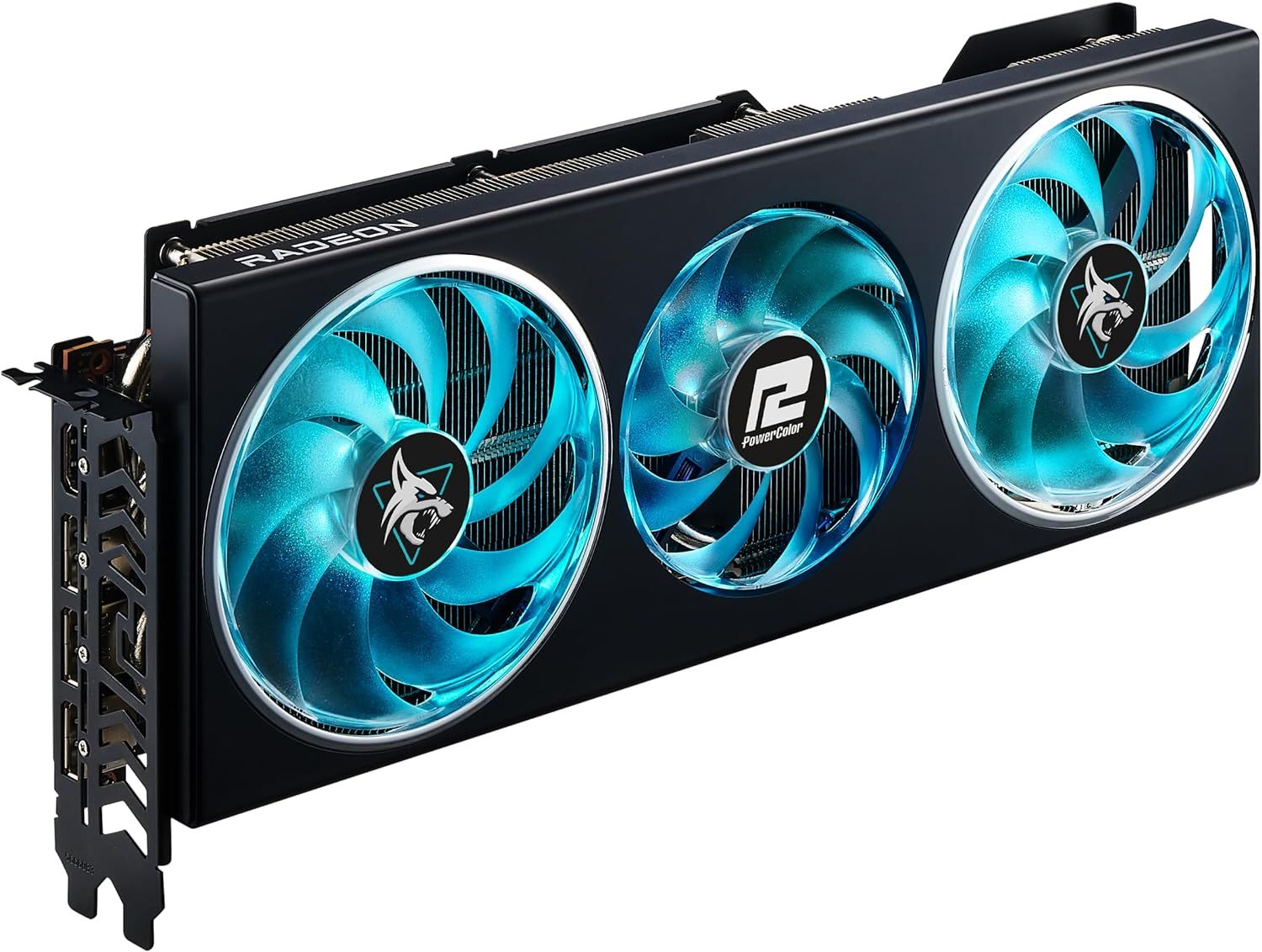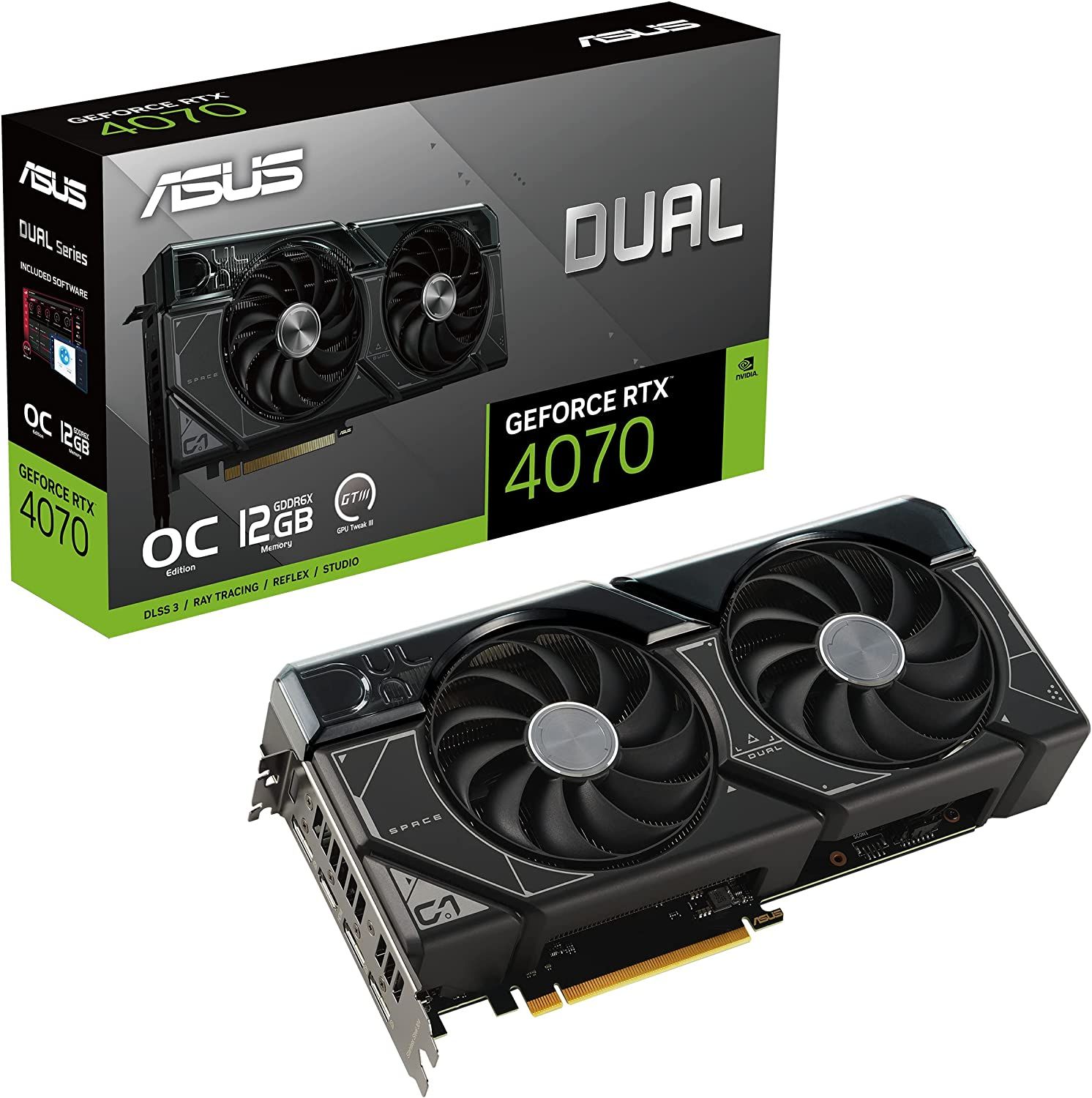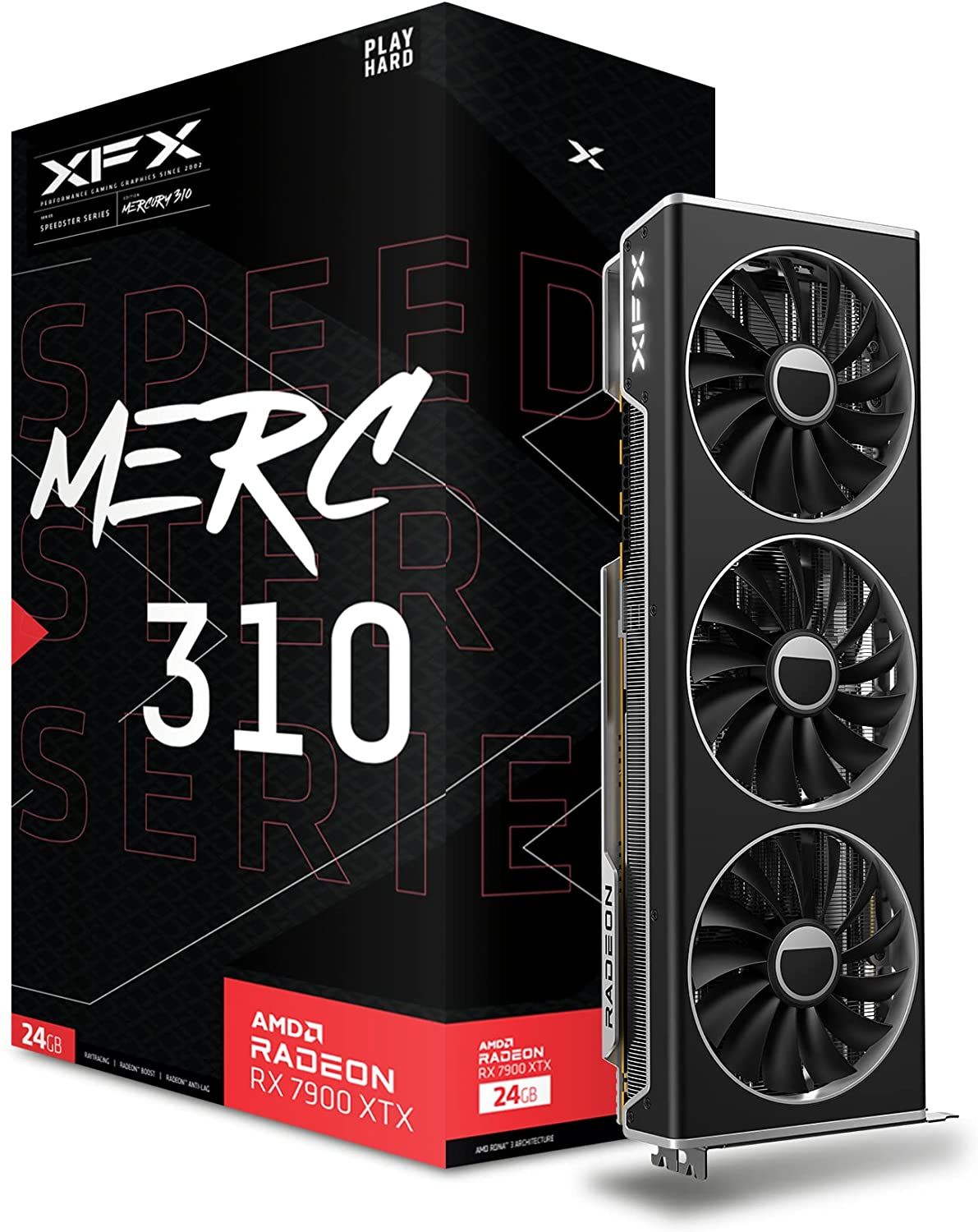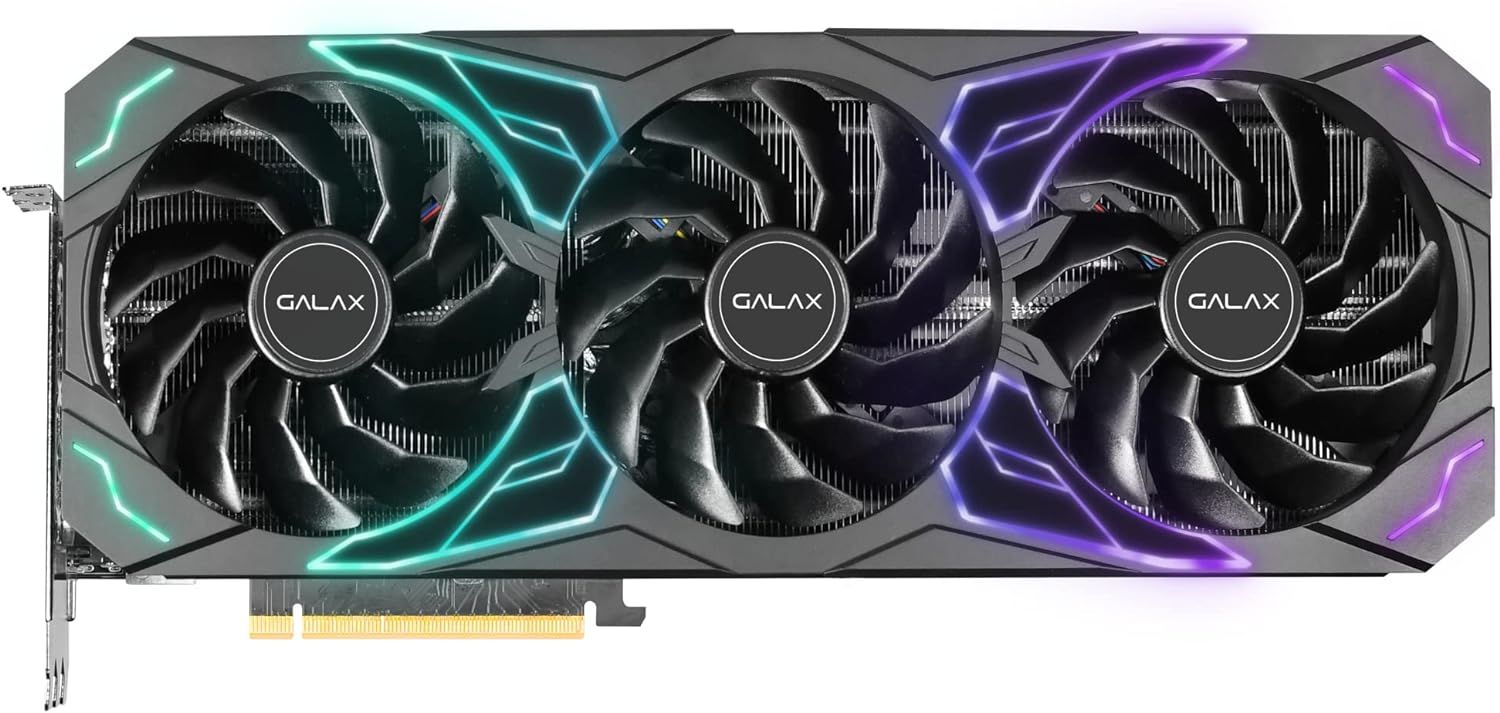PC Gaming today is a far more complex and rewarding experience than it has been in the last few years thanks to a plethora of options as we continue from one generation of GPUs to another, making the decision to upgrade or wait for a next-generation graphics card a much more daunting task for those on the budget than those looking to spend on the latest tech possible.
The GPU market has finally stabilized with the newer generation GPUs taking over the older ones as the latter are now disappearing from the inventory of most vendors. However, many previous generation GPUs, including the Ampere-based Nvidia cards and the RX 6000 AMD cards, are still topping the best-selling GPU charts as the current gen simply doesn't have any alternatives for the same price.

8 Best CPU and GPU Deals in June 2024
Here is a selection of the best deals currently available on graphics cards and processors, including products from AMD, Intel, and Nvidia.
For users looking to build a brand-new gaming system or upgrade to a faster graphics card, Game ZXC's team has prepared a list of the best graphics cards that are insanely popular at the moment. So, whether the requirement is playing games at 1080p resolution without any stutters or maxing out modern titles with Ray Tracing on, the following list has it all.
What to Look for When Buying a Graphics Card
- Raster Performance: Simply put, Rasterization is how fast a GPU can render three-dimensional scenes in real time. This is the most fundamental aspect one should look for when buying a gaming GPU.
- Ray Tracing: While still not so common, many modern titles allow switching on Ray Tracing for dynamic lighting and shadows. This puts an insane stress on the GPU and almost every current generation GPU supports it. If a GPU lacks sufficiently powerful metrics to provide smooth gameplay with RT on, it's best to consider its alternatives that perform better with RT on.
- VRAM: The VRAM size should be sufficient to eliminate any stutters or frequent fps dips. It's recommended to get a GPU with at least 8GB of VRAM for 1080p, 12GB for 1440p, and 16GB for 4K resolution.
- Super Sampling: All the major GPU manufacturers have their own super sampling techniques that result in superior performance without compromising on the visual quality. This allows users to improve their gaming performance without having to upgrade to a faster graphics card.
Game ZXC's Picks for the Most Popular Graphics Cards for 2024
Nvidia's RTX 3060 GPU is an excellent budget graphics card that can handle modern games with relative ease at FHD and 2K resolution. MSI's GeForce RTX 3060 VENTUS 2X 12G OC is an aftermarket, dual-fan overclocked version of the same that currently tops the charts of sales on Amazon. This can be due to its unique value proposition: 12GB of VRAM, decent RT performance, the ability to utilize Nvidia's overwhelmingly superior DLSS technology, and decent thermals in tow at a price that is affordable for mainstream gamers.
While the RTX 3060 is somewhat more future-proof than some of its siblings thanks to it being stacked with 12GB of VRAM, it also seems to be a bestseller here thanks to the virtue of being in a market position where it has no real competition from other Nvidia GPUs from the next generation; In fact, the closest Nvidia GPU to the 3060 despite the onset of the RTX 4000 series is its own sibling, the RTX 3060 TI.
With DLSS 3.5 support as well as support for most of Nvidia's most recent technological achievements such as RTX Video Super Resolution, the RTX 3060 is a formidable performer backed by tried and tested tech and software support that should see it stick around for a while until Nvidia chooses to replace it with a better option.
AMD's best-selling GPU for mainstream gamers is the RX 6600, which delivers outstanding value while sitting somewhere between rival Nvidia's RTX 3050 and 3060 GPUs in terms of performance. The XFX Speedster SWFT 210 Radeon RX 6600 CORE 8GB is an aftermarket version of the same and is one of the bestsellers in various marketplaces thanks to its pricing as well as excellent thermals and limited power requirements that make it a true 1080P card for consumers to consider in 2024.

Nvidia vs. AMD: Which Graphics Cards are better?
Team Red vs Team Green face off in a comparison that examines their raw power, efficiency, software & driver support, and value for money
While it does lag behind considerably versus the competition when it comes to Ray Tracing, it is still unparalleled when it comes to rasterization performance at 200 bucks. With its ability to push framerates beyond 60 fps consistently in most titles, users don't necessarily have to spend several hundred dollars for that sweet spot performance. Surely, 8GB VRAM is somewhat limiting its performance in some modern titles that require more VRAM but for the majority of Triple-A titles, 8GB is going to be sufficient to bump up the settings to ultra.
Finally, the RTX 4060 is climbing the best-selling GPU ladder and is already the most-selling Nvidia GPU from the RTX 40 series. Although the RTX 4060 doesn't provide great benefits over the RTX 3060 when it comes to rasterization, it is still significantly better in Ray Tracing performance and supports the latest Nvidia DLSS 3.0 Frame Generation. The Asus Dual RTX 4060 OC edition brings a higher boost clock speed out of the box that will result in noticeably better performance and features a dual fan design with Axial-tech fans for faster heat dissipation.
Moreover, it boasts a 0dB technology that shuts off the fans when the GPU isn't put under heavy load and will make no noise whatsoever. With 8GB of VRAM, the RTX 4060 is sufficient for most games, but it does suffer in games like Hogwarts Legacy, The Last of US, and other such titles that need a higher VRAM to process the textures. Still, it is adequate for most scenarios and can consistently deliver over 60 fps on ultra settings. Playing at 1440p resolution is also possible, but users must acknowledge the fact that its 128-bit bus limits its performance at higher resolutions.
The Asus Dual RTX 4060 OC is a perfect card for those who want to max out games at 1080p and want to harness the power of DLSS 3 Frame Generation that doubles the framerates without any need for overclocking. This feature is particularly outstanding when the Ray Tracing is turned on, as the games start to struggle when dynamic shadows and lighting become active.
The Radeon RX 7800 XT finally replaced the RX 6800 XT and even though the specifications and performance uplifts are hardly satisfactory, it does provide more VRAM than its direct competitor, i.e., the RTX 4070. The PowerColor Hellhound AMD Radeon RX 7800 XT is currently the top-selling mid-range AMD GPU that offers around 5% better performance over the 6800 XT. However, the performance gap is significant when compared to the RTX 4070, particularly at 1440p resolution as it boasts 4GB more VRAM and a wider memory bus of 192-bit.

The Best Monitors for FPS Gaming in 2024
FPS games often boil down to who can react fastest. An excellent gaming monitor can give players an edge. Here are the best monitors for FPS gaming.
The GPU is perfect for maxing out games at 1440p resolution and should provide satisfactory RT performance at 1080p resolution. While not as good as the RTX 4070 in RT, users can benefit from AMD FSR to uplift performance even further. The Hellhound RX 7800 XT comes with a large heatsink that covers the full PCB and the triple fans quickly dissipate the heat. Moreover, the card comes with dual BIOS that offers users the option to change the performance mode and a powerful 9+2+1 VRM design for more stability.
The strongest competitor to the RX 7800 XT is Nvidia's Geforce RTX 4070, which is based on the Ada Lovelace architecture and brings 4th gen Tensor and 3rd gen RT cores for higher Ray Tracing performance. The Asus Dual Geforce RTX 4070 OC Edition currently sits as the top seller in the mid-range category, providing gamers with 1440p killer capabilities that can max out games at 100+ fps. The 2.56 slot design with an efficient heatsink allows ample cooling and the 0dB mode gets activated when the GPU is under light loads.
While not overclocked to the extreme, the Dual RTX 4070 OC still brings a decent clock speed of up to 2550MHz in the OC mode that helps gain a few more fps. With 12GB of GDDR6X memory that runs amazingly fast at 21Gbps, users will see its benefit in modern titles. Furthermore, the power efficiency makes it stand out by consuming no more than 200W, resulting in higher performance per watt compared to the direct competitors.
AMD's RX 7000 series has been off to a rocky start but has since found footing somewhat easily given the price points it is targeting. While AMD's RX 7900XTX is hardly a cheap GPU with an MSRP of $1000 for the stock unit, aftermarket GPUs such as the XFX Speedster MERC310 AMD Radeon RX 7900XTX Black 24G trade at a higher premium altogether.
XFX's offering does have everything that AMD's stock unit does: 24GB of GDDR6X memory, the latest DisplayPort support, and excellent rasterization performance that pits it quite close to Nvidia's more expensive RTX 4080 and 4090 GPUs. It also builds onto these by adding a better vapor-chamber-centric cooling system in tow with a PCB that can push the GPU past 3GHz with ease when tweaked properly.
Perhaps, the biggest noteworthy feature of this GPU is its enormous VRAM size of 24 Gigabytes, which enables users to max out all the graphical settings, which usually puts most GPUs into trouble. AMD itself recommends at least 16 gigs of VRAM for 4K resolution but the RX 7900XTX gives an additional 8GB that might come into use in some future titles.
Despite its hefty cost of over $1800, the Galax Geforce RTX 4090 Serious Gaming edition is topping the chart for being the best-selling RTX 4090 on Amazon. Usually, the RTX 4090 GPUs sell for around $1600-$1700, but the current market is seeing inflation in their price. Still, the Galax SG edition is among the cheapest of 4090 cards and brings a gorgeous RGB-lit triple fan shroud that will light up the PC from the inside. It will roughly take around 4 slots inside a chassis as it's pretty big with a large heatsink that is cooled by three 102mm fans and an additional fan on the other side. Users don't need to worry about any sag as it comes with an RGB GPU support stick that will take care of that heavy load.
The 4090 is the pinnacle of high-end gaming, which allows taking those graphics settings sliders to the max no matter what the resolution is. It is perhaps the only GPU that allows turning on Ray Tracing at 4K resolution. However, this should be done along with enabling Frame Generation through DLSS 3.0, which will allow a smoother gaming experience. Even though not everyone can buy this expensive piece of hardware, this is surely going to future-proof the gaming system for the next several years.



